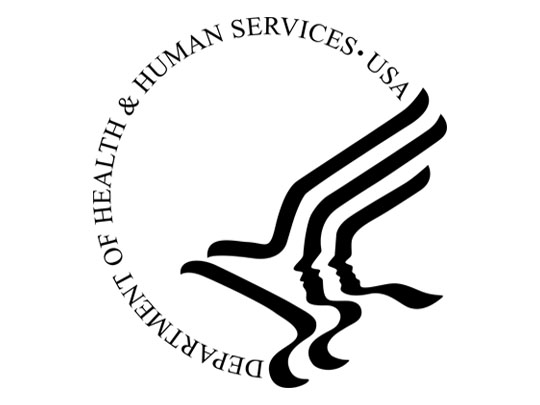HHS Secretary Becerra Announces New Overdose Prevention Strategy
Topics
Cross-posted from HHS Press Office

Health and Human Services Secretary Xavier Becerra [October 27, 2021] announced the release of the new HHS Overdose Prevention Strategy, designed to increase access to the full range of care and services for individuals who use substances that cause overdose, and their families. This new strategy focuses on the multiple substances involved in overdose and the diverse treatment approaches for substance use disorder.
“With this new strategy, we’re breaking new ground to address the full range of drug use and addiction that can result in overdose and death,” said Secretary Becerra. “We’re changing the way we address overdoses. Our new strategy focuses on people -- putting the very individuals who have struggled with addiction in positions of power. And thanks to the American Rescue Plan, we can address what so many people have seen in recent years: a rise in overdoses that can risk a person’s life – and affect their entire family.”
The overdose epidemic has developed over the past decades, from increases in the prescribing of opioids in the 1990s, to rapid increases in heroin overdoses starting around 2010, to growth in overdoses from illicitly-manufactured synthetic opioids like fentanyl beginning in 2013. The epidemic continues to evolve, underscored by increased overdose deaths involving stimulants.
The new strategy prioritizes four key target areas—primary prevention, harm reduction, evidence-based treatment, and recovery support—and reflects the Biden-Harris Administration principles of maximizing health equity for underserved populations, using best available data and evidence to inform policy and actions, integrating substance use disorder services into other types of health care and social services, and reducing stigma.
It recognizes that the full continuum of integrated care and services are needed to help prevent substance use, expand quality treatment, and sustain recovery from substance use disorders, all while emphasizing the Department’s commitment to helping historically underserved populations. The strategy also breaks new ground by providing coordinated, federal support for harm reduction and recovery support, which have been supported by grassroots efforts for decades.
The HHS Overdose Prevention Strategy will continue to build on the Biden-Harris Administration’s year one drug policy priorities and actions taken by the Administration to address addiction and the overdose epidemic since January, including removing barriers to prescribing medication for opioid use disorder and providing billions in new funding for prevention, treatment, harm reduction and recovery support services.
The American Rescue Plan, which President Biden signed into law in March 2021, appropriated over $2 billion to enable the Department’s Substance Abuse and Mental Health Services Administration (SAMHSA) and the Health Resources and Services Administration (HRSA) to expand access to vital services that would support strategy implementation.
The President’s Fiscal Year 2022 proposed budget for HHS on drug-related programs and initiatives totals $11.2 billion across HHS, $3.9 billion more than in FY 2021, a 54 percent increase from FY 2021 Enacted, and includes funding to expand access to substance use prevention, treatment, harm reduction, and recovery support services; as well as funding to bolster the nation’s behavioral health infrastructure. Notably, SAMHSA’s FY 2022 budget request includes $3.5 billion for the Substance Abuse Prevention and Treatment Block Grant. The FY 2022 request also included, for the first time, a 10 percent set-aside for recovery support services. At HRSA, $1.1 billion in mandatory and discretionary funding is requested in FY 2022 to support the substance use disorder responses in community health centers, invest in the National Health Service Corps, develop the behavioral workforce, and expand substance use disorder response in rural America.
For more information on the new Overdose Prevention Strategy, visit: www.hhs.gov/overdose-prevention/. Read the full issue brief here: https://aspe.hhs.gov/reports/overdose-prevention-strategy.